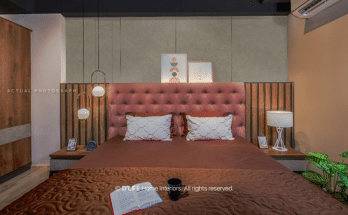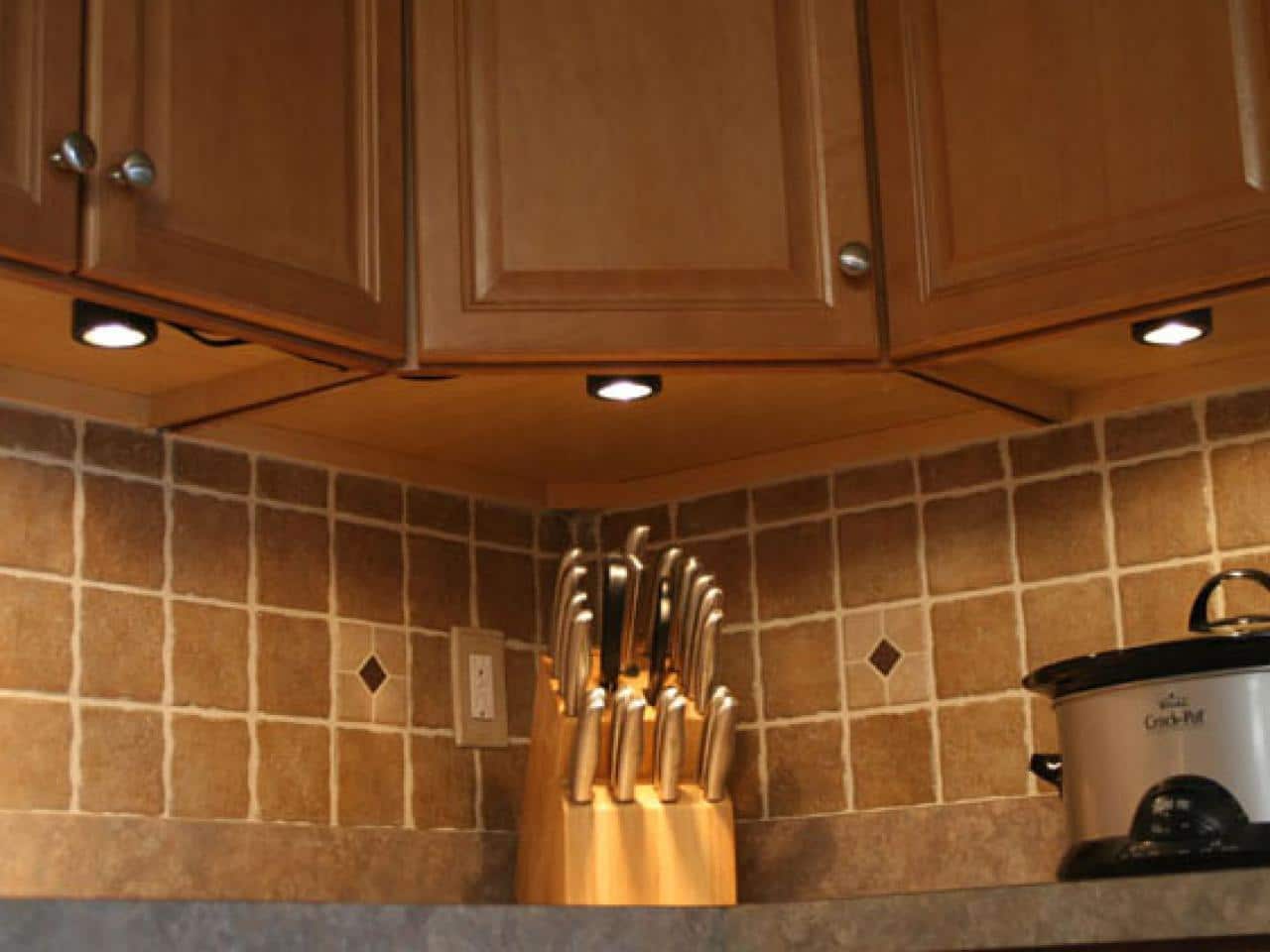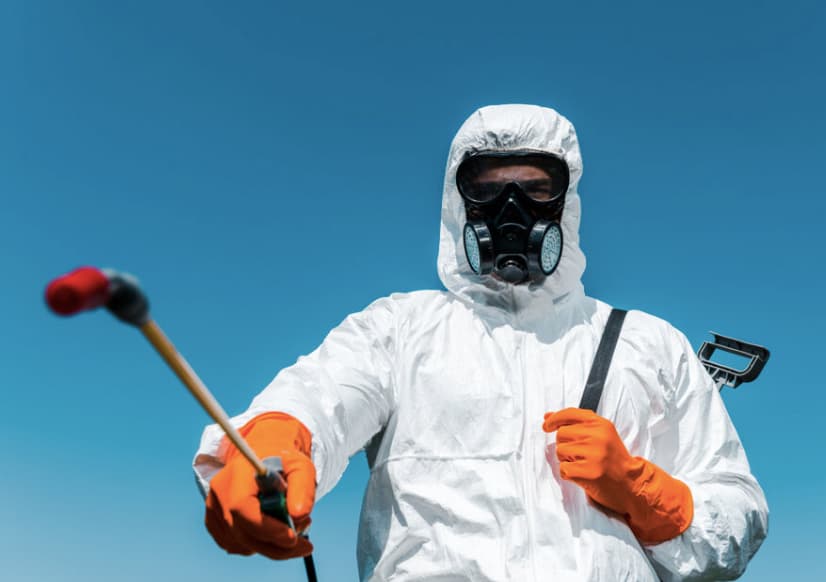Mold spores spread through the air, irritating your nose, eyes, and throat. These spores can also cause asthma and other respiratory illnesses.
Mold remediation services must start by locating and fixing the moisture source. Porous materials like drywall and carpet soak up moisture, which promotes mold growth.
After the spores are cleaned, the affected areas must be completely dried.
Mold is a Health Hazard
Mold is a fungus that grows indoors and outdoors in moist, damp environments. It disperses spores into the atmosphere, some of which might irritate the lungs and cause allergic reactions.
Those especially sensitive to mold can suffer from breathing issues, skin rashes, and neurological problems.
Mold growth usually occurs after water damage from a burst pipe, natural disaster, or flooding. It grows in areas with excessive moisture, such as drywall, wallpaper, carpet, fabric, and paints. It also loves ceiling tiles, wood, insulation material, and paper products.
Mold spores spread quickly when exposed to water, heat, or food. It’s important to begin the cleanup process immediately, preventing mold from spreading and further damaging property. Porous materials should be removed, including carpeting, fabric, drywall, paper, and ceiling tiles. Nonporous items such as metal, hard plastics, and concrete can be cleaned and reused. It’s also important to dry wet areas using damp/dry vacs, fans, and dehumidifiers as soon as possible. Bleach can be used on surfaces to kill any remaining spores, but it should only be handled in a well-ventilated area and with nonporous gloves and eye protection.
It’s a Safety Hazard
Mold spores spread when moisture is present, and they love to grow on ceiling tiles, paper products like wallpaper and cardboard, and fabrics. They can also cling to drywall, paints, and insulation materials. When they do, they could leave stains or inflict more harm to the building’s framework at your house or business.
Mold removal is a difficult task that is frequently best left to mold remediation services experts. Controlling moisture is the greatest strategy to avoid mold growth, which involves swiftly repairing plumbing leaks and speedy drying of harmed areas.
Nonporous and semi-porous items that are stained or damaged can usually be cleaned and reused, but porous materials like carpeting and fabric may need to be discarded. Air and surface sampling is essential post-remediation to assess the effectiveness of the cleanup efforts. These samples should be taken by a certified laboratory using appropriate PPE, including skin coverage, respiratory protection (with HEPA filtration), and eyewear.
It’s a Nuisance
Mold can cause rashes, nausea, chronic fatigue, and cognitive loss in those who live in homes where mildew is prevalent. It can also cause respiratory problems and allergies. Some types of mold are toxic, and the more hazardous ones can be inhaled by people who live in the home, causing them to have severe health issues.
The landlord must maintain and repair the rental property, including correcting leaks that can cause mold to grow. Tenants may launch lawsuits against landlords for mold damage if they neglect to do so.
Mold cleanup is not easy, but it is necessary to maintain a healthy and safe living space. Mold experts recommend cleaning up all visible mold spores with a detergent or soapy water solution and thoroughly drying the area. In addition, the underlying moisture problem should be corrected, whether caused by a leak or humidity. Porous materials that cannot be cleaned, such as drywall and some fabrics, should be removed and replaced. This may assist in halting the future growth of mold.
It’s a Liability
Mold remediation is about removing damaged building materials and then cleaning, disinfecting, and treating the area with a biocide to prevent the spread of mold. It’s also about addressing the factors that led to the mold problem in the first place. That can include repairing leaks and reducing humidity levels, for example.
Mold damage can be costly to repair and may require the replacement of carpeting, drywall, and insulation. It can also cause various health problems for occupants and be extremely difficult to eliminate.
Landlords and property managers must deal with the liability of mold. That’s true whether the mold is due to something a landlord is responsible for fixing, like a leaky roof or pipe, or it’s caused by tenant negligence, such as leaving windows open during heavy rains or failing to dry wet carpeting.
While it’s possible to sue for damages in some cases, it can be challenging. For example, it’s more difficult to sue schools for mold because they have sovereign immunity, which shields them from many lawsuits.
It’s a Waste of Money
Mold thrives on organic materials like wood in drywall, paper, dust, and carpeting. Even if the black splotches are cleaned, they’ll return if the water problem that caused them isn’t addressed.
The best thing BSCs can do for their customers is to understand what mold is. Having a sample tested by a professional to determine its type and toxicity. If toxic, you can encapsulate the area with a vapor barrier to prevent mold spores from spreading.”
The cost to clean up the mold is sometimes less than a full renovation of an entire space. The key is ensuring professionals thoroughly understand mold and moisture management to find the right solution. It’s also important to note that a mold outbreak indicates a water problem, so any underlying leaks should be repaired to prevent the problem from reoccurring. This can save the facility money by avoiding the need for future mold cleanups.



